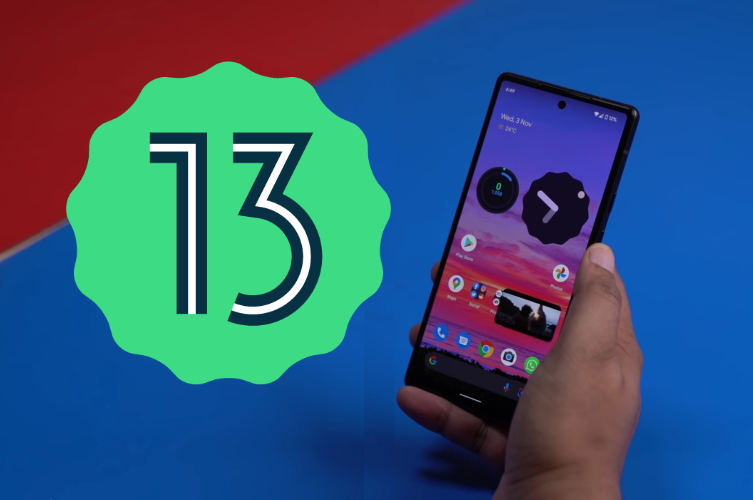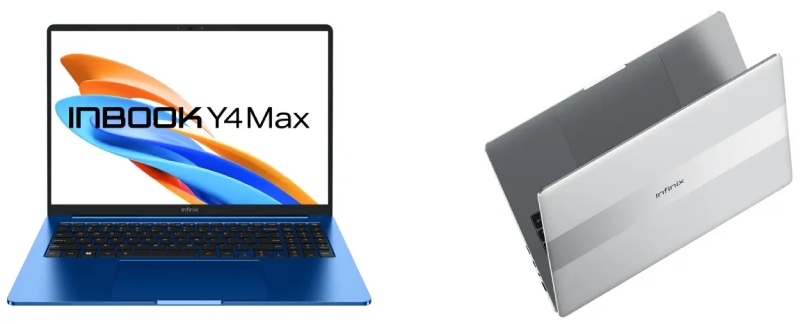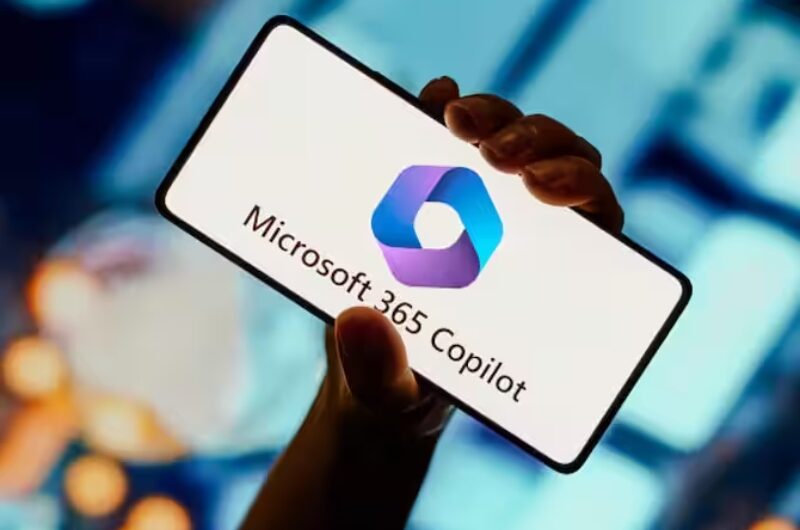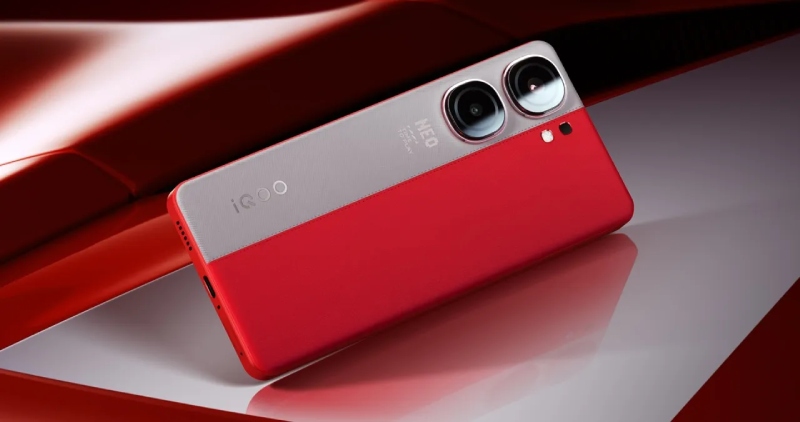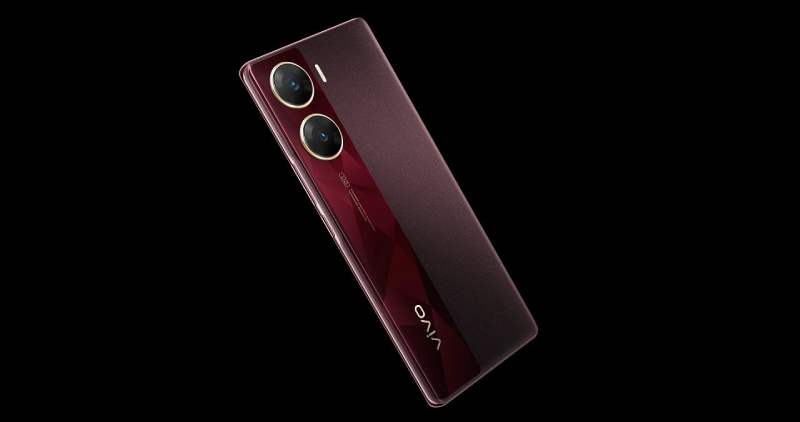The distribution statistics for Android are disheartening. Despite Google’s best efforts, they expose the platform’s fragmentation issue. It makes sense why Google has made it more difficult to view and no longer actively releases Android’s distribution statistics. When the statistics were last updated for the month of May in 2023, they showed that, with 23.1% of devices, Android 11 was still the most widely used OS distribution. Fortunately, the most recent figures provide a more positive and upbeat picture.
Google updated the Android version distribution statistics in Android Studio with data collected through October 1, 2023, as noticed by GizChina and Mishaal Rahman. They show that, with 22.4% of all devices running it, Android 13 is currently the most widely used version of the operating system. In just four months since the last distribution figures were released, there has been a sizable 7.4% increase.
Considering that Android 13 has only been available for a little over a year, the OS’s adoption rate is remarkable. This is probably because more gadgets running Android 13 are making their debut, and a lot of low-cost Android smartphones have received the OS update. But now that Android 14 is available, the OS’s uptake may slow.
The second-most popular version was Android 11, albeit with a decrease in share from 23.1% to 21.6%. And if the release of an operating system in 2020 was not enough, the third most popular version was Android 10. Even with a 1.7% decrease, 16.1% of all devices that used the Play Store until October 1, 2023, were running Android 11. Android 12, the fourth most popular OS release, also saw a decline in share, from 16.3% to 15.8%.
The distribution statistics show that Android 9 has a 10.5% share, which is even more disheartening. However, as these devices are nearing the end of their useful life, there won’t be any more updates for them. Thus, when consumers switch to newer phones and tablets, their numbers will either stay the same or gradually decrease.
It is not surprising that Android 14 is not included in the distribution list. A few days after Google gathered the data, its stable build was made available. The next time the distribution chart is updated, we ought to see the OS appear.
These days, a lot of Android device makers guarantee extended software support for their products. Although it will lessen fragmentation, they still need to improve the speed at which they roll things out. For instance, only a limited number of Samsung and Xiaomi phones have received the Android 14 operating system update since the device’s public release at the start of October.
Topics #Android 13 #operating system
